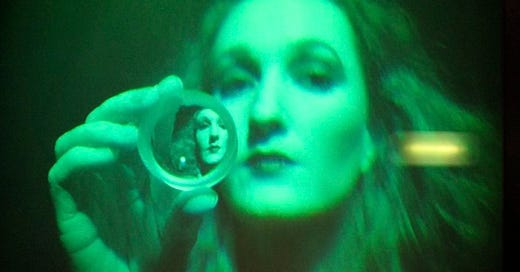When analogy magazine was The Secular Heretic, we published some mind-blowing articles. The value of developing content that turns away from current events toward more substantive material is that one can revisit the latter and still find it refreshing and intellectually compelling, often discovering new understandings. This week, I’m encouraging readers to take a look at one of the more fascinating pieces from that period (2018-2019).
In this essay Stephen Robbins asks us to reconsider time and consciousness, explaining what David Chalmers famously called the “Hard Problem”—the problem of perception: how it is, precisely, that we apprehend the world and all its qualities, its sights, sounds, smells and sensations and come up with a picture of and an experience of the world.
The Hard Problem
The specter of an AI equaling, then exceeding humans, has hovered for decades. There is Arnold the Terminator, Ava of Ex Machina, Skynet, not to mention Deep Learning networks, AI language translatio…
Keep reading with a 7-day free trial
Subscribe to analogy to keep reading this post and get 7 days of free access to the full post archives.




